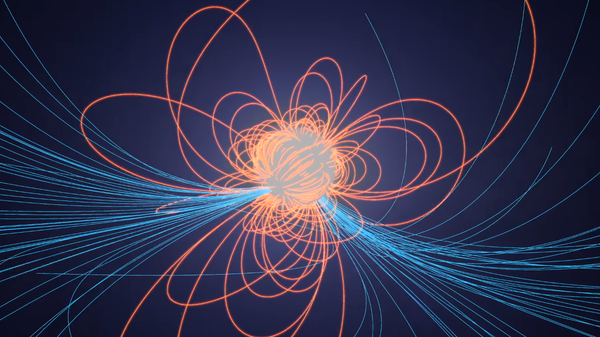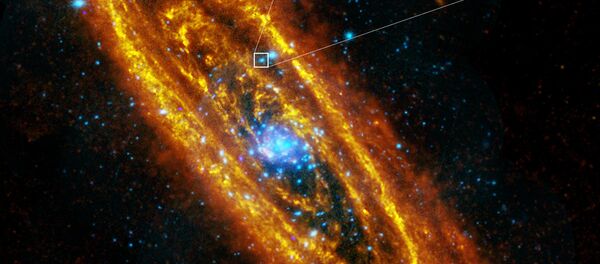An international team of scientists claims to have solved a mystery that has puzzled astronomers for more than 50 years – why pulsars act like celestial lighthouses shooting intense beams of electromagnetic radiation. According to the study, which was published on 15 June in the journal Physical Review Letters, researchers were able to find the origin of these emissions by creating plasma simulations, which surround pulsars’ magnetic poles.
The simulations revealed that a pulsar’s electric field accelerates charged particles, which produce high-energy protons that interact with a pulsar’s magnetic field. This interaction results in the creation of electron-positron pairs that in turn create their own electric fields which then dampen a pulsar’s initial electric field. As a result it becomes so weak that it starts oscillating between negative and positive values. When these oscillations are not aligned with a pulsar’s strong magnetic field they produce beams of electromagnetic radiation.
"The process is a lot like lightning", says study lead author Alexander Philippov, an associate research scientist at the Flatiron Institute’s Centre for Computational Astrophysics in New York City. "Out of nowhere, you have a powerful discharge producing a cloud of electrons and positrons, and then, as an afterglow, there are electromagnetic waves".
The research will be used in projects that rely on pulsar emissions, in particular the study of gravitational waves, which were predicted by Albert Einstein more than 100 years ago, but were observed for the first time in 2015.




